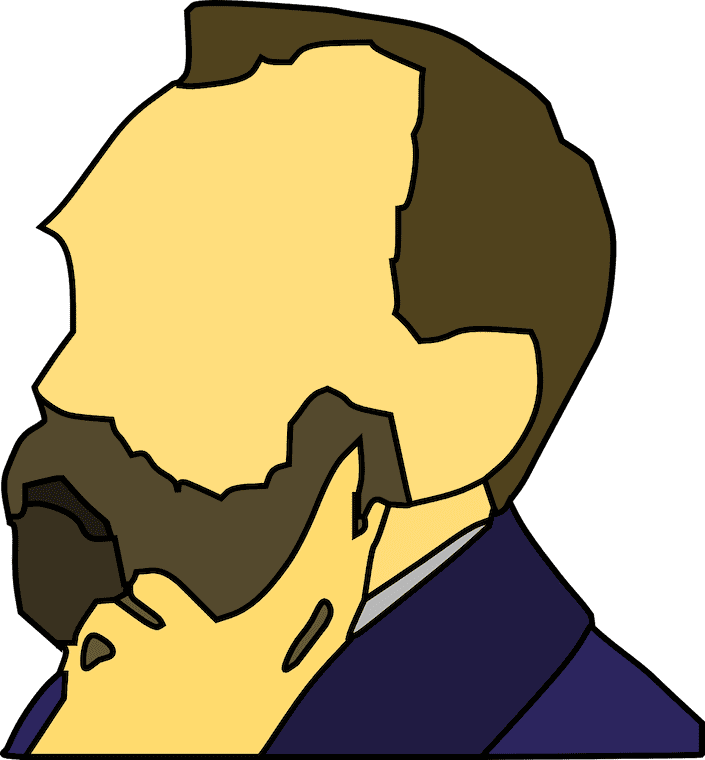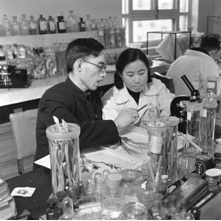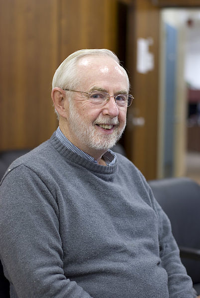
2015 Nobel Prizes: Meet the Winners
Read a summary or generate practice questions using the INOMICS AI tool
It's the time of year when the winners of the 2015 Nobel Prizes are announced, to recognise extraordinary achievements in the sciences and humanities. We're introducing the winners below and sharing some information about their incredible work.
Economic Sciences: Angus Deaton
Economist Angus Deaton was recognised by the Nobel committee for his work on health, poverty and welfare, which linked individual choices to higher-level outcomes, and has had huge effects on the fields of microeconomics, macroeconomics and development economics. His work considered what the effect of policy reforms, such as changes to tax rates, would be on people's spending and saving patterns. He also performed important work on the methods used in economics: In order to best understand the cycles of poverty and inequality, he analysed how these concepts can be measured reliably by economists, and influenced the entire field to use more accurate measures of poverty.
Peace Prize: Tunisian National Dialogue Quartet
During the extreme unrest in Tunisia in 2013, the Tunisian National Dialogue Quartet was formed from a group of lawyers, unionists, employers, and activists to promote democracy and human rights in the country. Credited with helping to bring the country back from the brink of civil war, the group was recognised with the Nobel Peace Prize for their work in brokering talks between different political and social groups to create positive compromises regarding the country's constitution and governance. The Nobel committee stated that it “hopes that this year’s prize will contribute towards safeguarding democracy in Tunisia and be an inspiration to all those who seek to promote peace and democracy”.
Literature: Svetlana Alexievich

Svetlana Alexievich
Photo Credit: Wikimedia
Belarusian author Svetlana Alexievich, who worked extensively with oral histories, was awarded the Nobel Prize for Literature. Focusing on the collapse of the Soviet Union as seen through the eyes of thousands of ordinary people, her work was praised for its “polyphonic” qualities and its engagement with a broad variety of voices and opinions. Her methods are unusual in a field which is mostly commonly seen as a matter of facts – her writings are much more emotional and personal. She covered topics such the Chernobyl disaster and the Soviet war in Afghanistan, using as her source interviews with children and both men and women, and including the perspectives of family members, doctors, soldiers and others.
Physiology/Medicine: William C. Campbell & Satoshi Ōmura; Tu Youyou

Tu Youyou and Lou Zhicen in 1951
Photo Credit: Wikimedia
This year's Nobel Prize for physiology or medicine was shared: one half was for William C. Campbell and Satoshi Ōmura for their discovery of avermectin, a compound which is an effective treatment for roundworm parasites. The other half went to Tu Youyou, a Chinese pharmacologist who discovered artemisinin, a drug which is a more effective treatment for malaria than other current drugs. Both of these topics are of particular importance in the developing world, where parasitic diseases pose a major threat to people's lives and health. The committee praised both of the research projects for their potential to combat diseases and benefit millions of people: “The consequences in terms of improved human health and reduced suffering are immeasurable.”
Chemistry: Tomas Lindahl, Paul L. Modrich & Aziz Sancar
Three different chemists who each performed their research separability, but on similar topics related to how cells repair damaged DNA, were awarded the Nobel Prize for Chemistry. The work of Tomas Lindahl, Paul L. Modrich, and Aziz Sancar describes how DNA decays and can be subsequently repaired: Lindhal was responsible for the discovery of “base excision repair”, which is the method through which proteins can repair corrupt DNA. Sancar examined the process of “nucleotide excision repair” which is particularly important for correcting damage caused to DNA by UV light rays. Modrich investigated “mismatch repair”, which refers to how errors in DNA are corrected following cell division. The three research projects in combination will guide the development of new cancer drugs.
Physics: Takaaki Kajita & Arthur B. McDonald

Arthur B. McDonald
Photo Credit: Wikimedia
Two physicists working in Canada, Takaaki Kajita and Arthur B. McDonald, were awarded the Nobel Prize for their work on neutrinos. The pair discovered that neutrinos, the subatomic particles produced by the decay of radioactive elements, do in fact have mass. Previous thinking had been that neutrinos were massless, and hence the particles were extremely difficult or even impossible to detect. It was known that neutrinos come in different types (or “flavours” as they are called). But Kajita and McDonald were able to show that these different types have different masses, and that the neutrinos can change from one type to another, changing our understanding of the fundamental particles of our universe.
-
- Conference
- Posted 7 months ago
2nd world Conference on Data Science & Statistics (Data Science Week 2024)
Between 17 Jun and 19 Jun in Amsterdam, Netherlands -
- Professional Training Course
- (Online)
- Posted 4 years ago
Macroeconomics: An Introduction
at University of Oxford in United Kingdom -
- Professional Training Course
- (Online)
- Posted 1 year ago
Energy Innovation and Emerging Technologies Program
at Stanford University in California, United States











